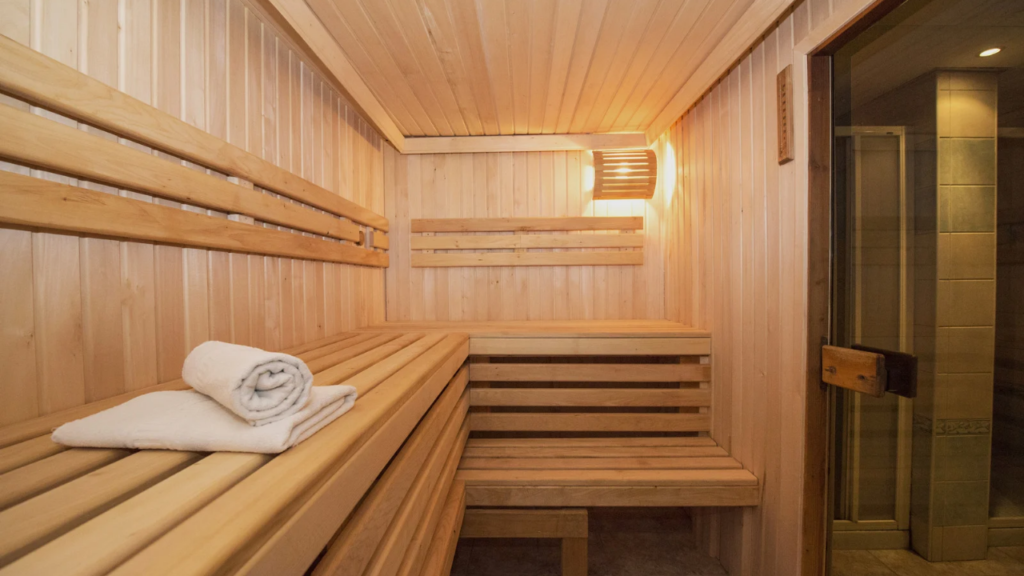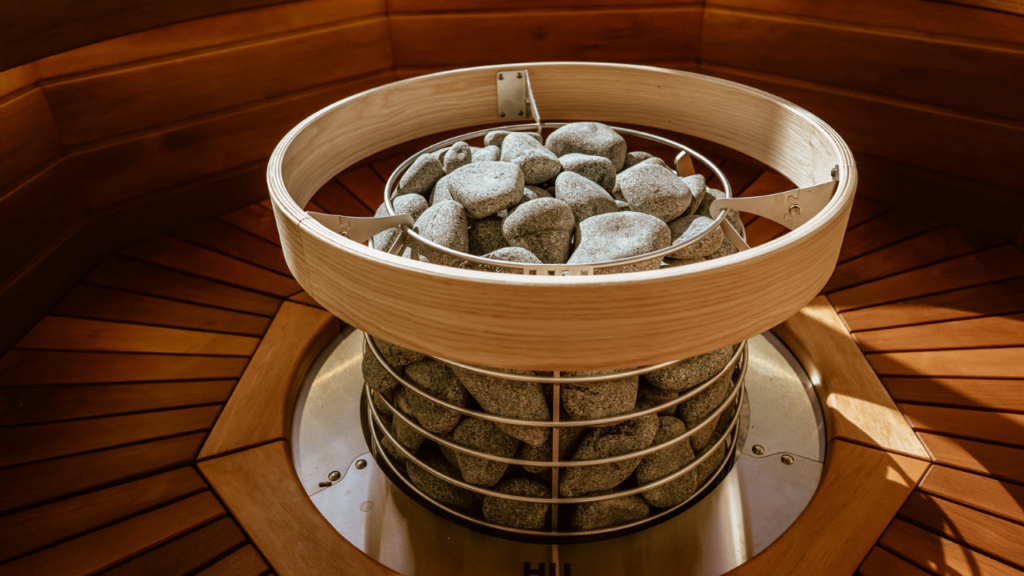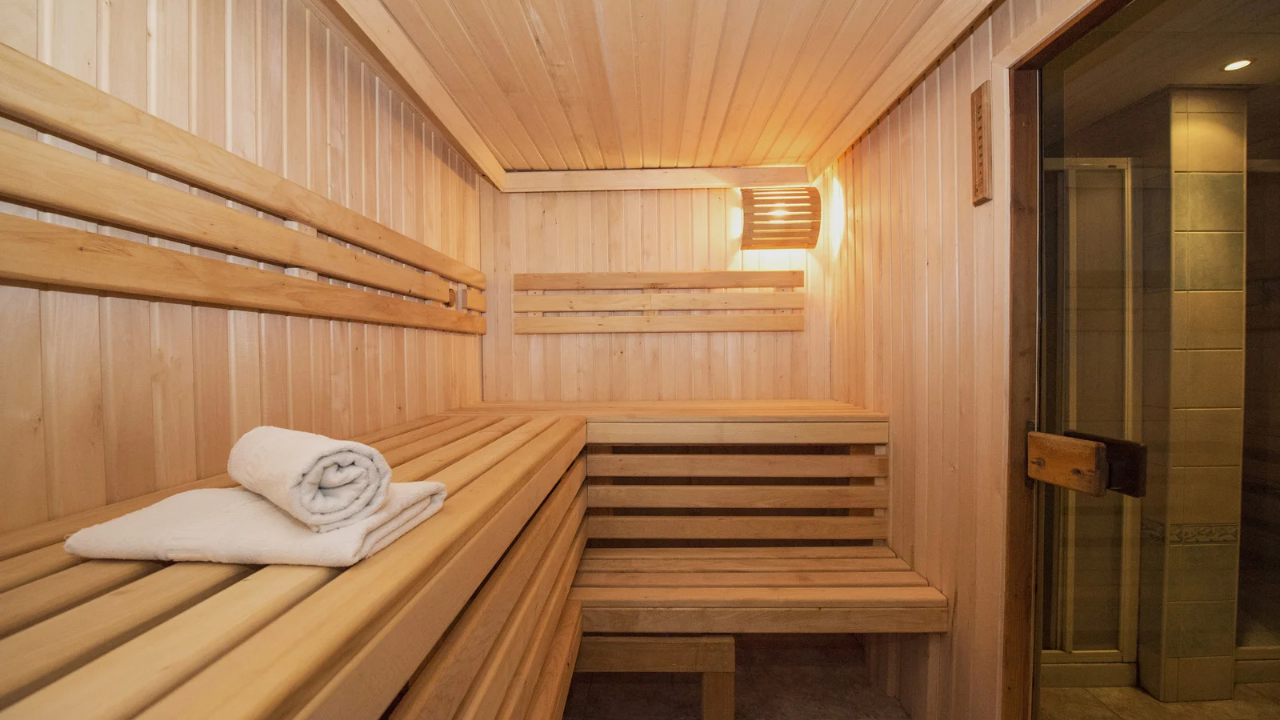Which One is Better for You?
Sauna therapy is an ancient relaxation and wellness practice that is still widely popular today. There are two main types of saunas: steam sauna and dry sauna. Both have their own unique benefits and features that make them suitable for specific health goals. In this article, we will discuss the differences, pros, cons, and benefits of steam and dry sauna in detail.

What is a Steam Sauna?
A steam sauna, also called a steam room, is an enclosed space that produces moist heat.Temperature: 110°F to 120°F (43°C to 49°C). Humidity: 100% humidity level, which creates a damp and warm environment.
Heat Source:
Heat and moisture are created through boiling water or a steam generator.
Benefits of a Steam Sauna:
Respiratory Health:
Moist heat helps clear sinuses and relieve respiratory issues (such as asthma or congestion).
Skin Hydration:
Steam hydrates the skin and aids in detoxification by opening clogged pores.
Muscle Relaxation:
Moist heat soothes sore muscles and stiffness, which is beneficial for athletes.
Improved Circulation:
Warmth enhances blood flow, which promotes body detoxification and relaxation.
Stress Relief:
The warm environment of steam provides a calming effect, which helps to reduce mental stress.

Drawbacks of a Steam Sauna:
High humidity is not comfortable for everyone.There is a high chance of bacterial growth if the steam room is not properly sanitized.This can be problematic for heat intolerant people.
What is a Dry Sauna?
A dry sauna is an enclosed room that generates dry heat.
Temperature:
150°F to 195°F (65°C to 90°C).
Humidity:
10%-20%, which creates a dry and warm environment.
Heat Source:
Wood stove, infrared heaters, or electric heaters are used. Benefits of a Dry Sauna
Detoxification:
High temperature makes the body sweat, which naturally eliminates toxins.

Joint Pain Relief:
Dry heat is effective for arthritis and joint pain because it helps reduce inflammation.
Weight Loss Support:
Calories are burned through sweating, which promotes short-term weight loss.
Mental Relaxation:
Dry sauna reduces stress hormones (cortisol) and promotes relaxation.
Improved Skin Health:
Sweating cleanses skin pores and removes dead skin cells.

Drawbacks of a Dry Sauna:
Dry air can be irritating for some people, especially for respiratory conditions. High temperatures can be uncomfortable for beginners.The risk of dehydration is higher if you don’t consume water.
Steam Sauna vs. Dry Sauna: Key Differences
Which Sauna is Better for You?The choice between a steam sauna and a dry sauna depends on your personal preferences and health goals.
Choose Steam Sauna:
You have sinus congestion or respiratory issues.You have dry skin and you want to enhance hydration.You find lower temperatures and a moist environment comfortable.
Choose Dry Sauna If:
You prioritize detoxification or weight loss.You want to relieve joint pain or muscle stiffness.You find high temperatures and a dry environment manageable.

Common Tips for Using Saunas:
Stay Hydrated:
Sweating in the sauna can cause dehydration. Drink water before and after using the sauna.
Time Limit:
Do not exceed 15-20 minutes for a single session. Staying in the sauna for longer can be harmful.
Avoid Alcohol:
Avoid consuming alcohol before the sauna, as it can worsen dehydration and dizziness.
Take Breaks:
If you feel dizziness or discomfort, immediately get out of the sauna and relax.
Cleanliness:
Steam and dry saunas need to be regularly cleaned and sanitized to avoid bacterial infections.
Conclusion:
Steam sauna and dry sauna both have their own unique benefits and uses. Steam sauna is best for respiratory health and skin hydration, while dry sauna is effective in detoxification and joint pain relief. Choose the best option from the two according to your health needs and comfort level.






